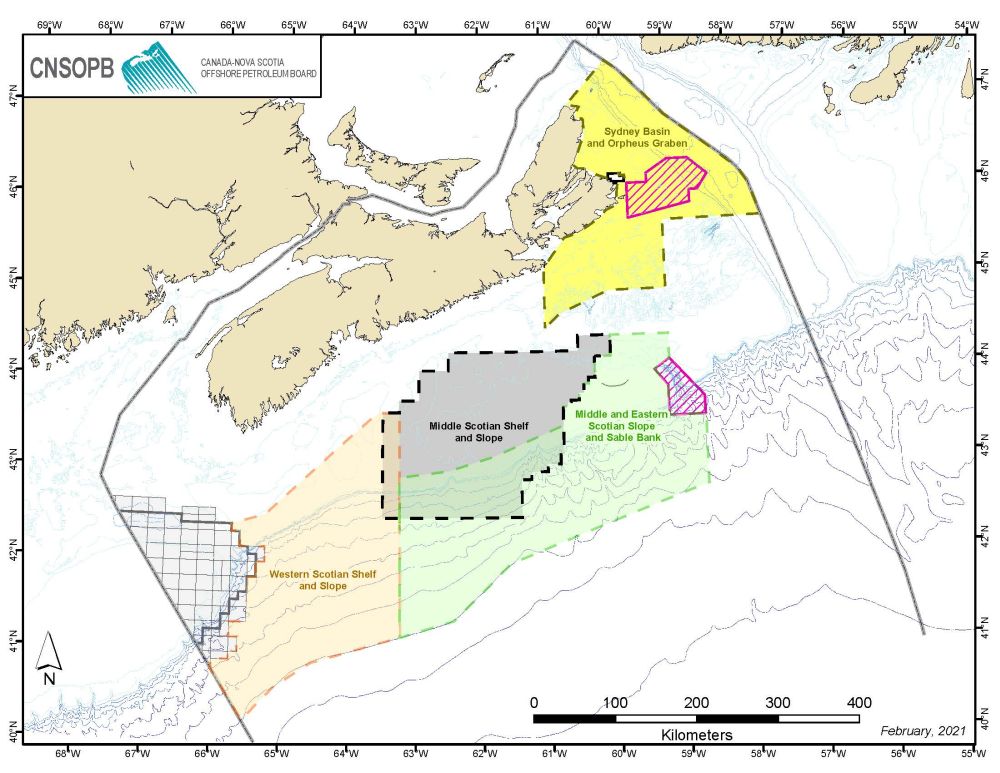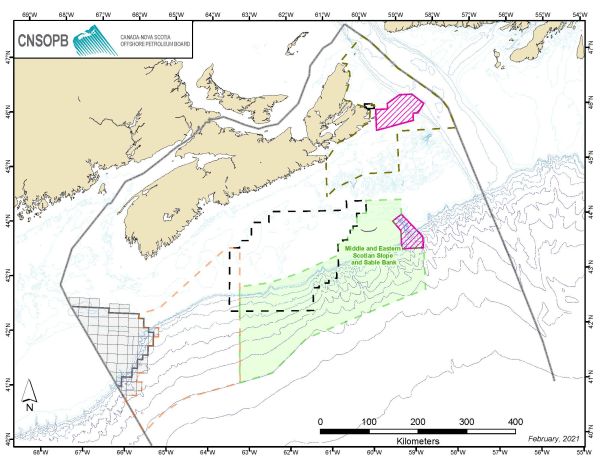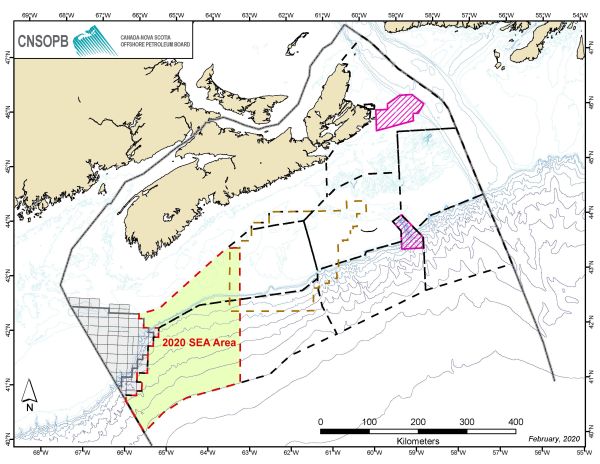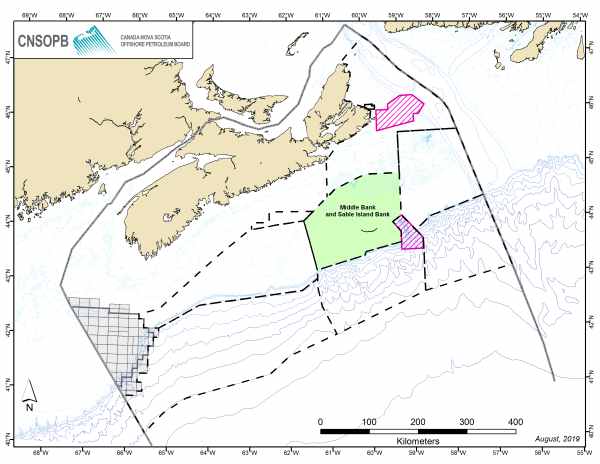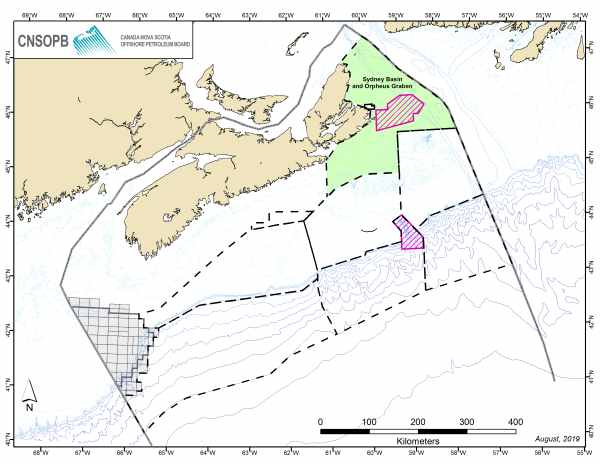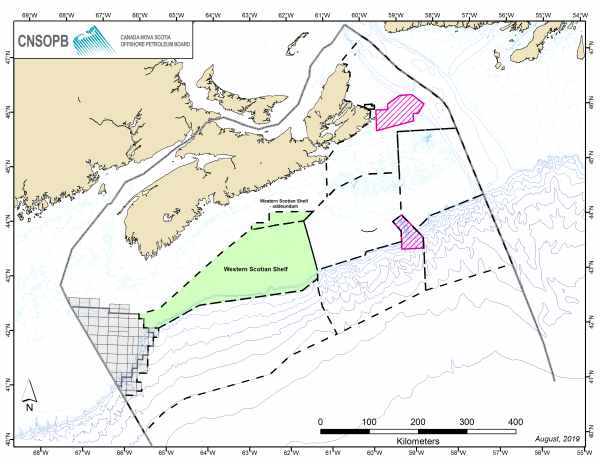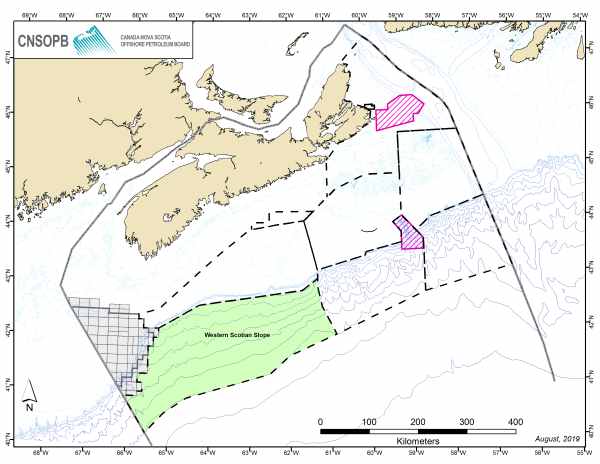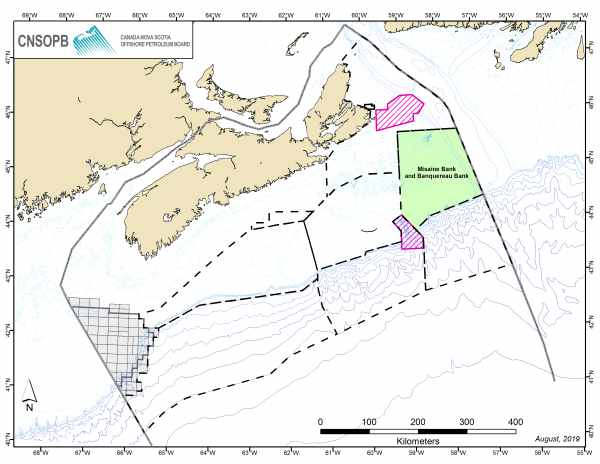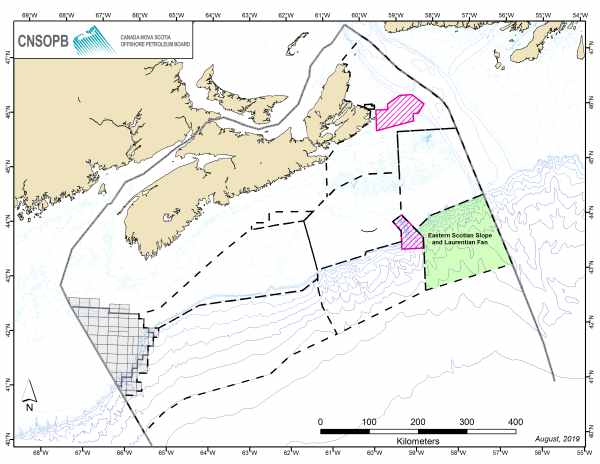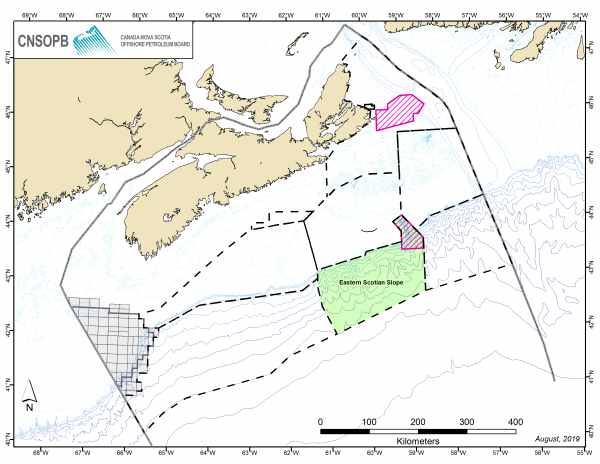Conducting a Strategic Environmental Assessment is important. It helps us highlight environmental sensitivities. It’s also important that the public can access Strategic Environmental Assessment documents to understand the sensitivities and learn more about environmental protections that should be taken into account for the area covered by the assessment. Search our collection of Strategic Environmental Assessments conducted in the Canada-Nova Scotia offshore area.
![]() For more information or to obtain copies of any of the documents listed, including current or archived Environmental Assessments and Strategic Environmental Assessments, please contact us at info@cnsopb.ns.ca or 902-422-5588.
For more information or to obtain copies of any of the documents listed, including current or archived Environmental Assessments and Strategic Environmental Assessments, please contact us at info@cnsopb.ns.ca or 902-422-5588.
Our Public Registry: Strategic Environmental Assessments is a collection of documents we maintain that are related to a specific Strategic Environmental Assessment Study area. These documents are developed to help us, operators, Indigenous groups, stakeholders and the public learn more about environmental considerations for a specific offshore area, such as lands potentially under consideration for a Call for Bids area. We use Strategic Environmental Assessment to make informed decisions and identify environmental sensitivities and any general restrictive or mitigative measures we should consider to protect the environment prior to our review of a project-specific environmental assessment completed by an operator during the activity authorization process.
You can access the following types of document in our public registry:
- Scoping documents (draft and final versions)
- Strategic Environmental Assessment (draft and final versions)
- Comments received on any draft documents
